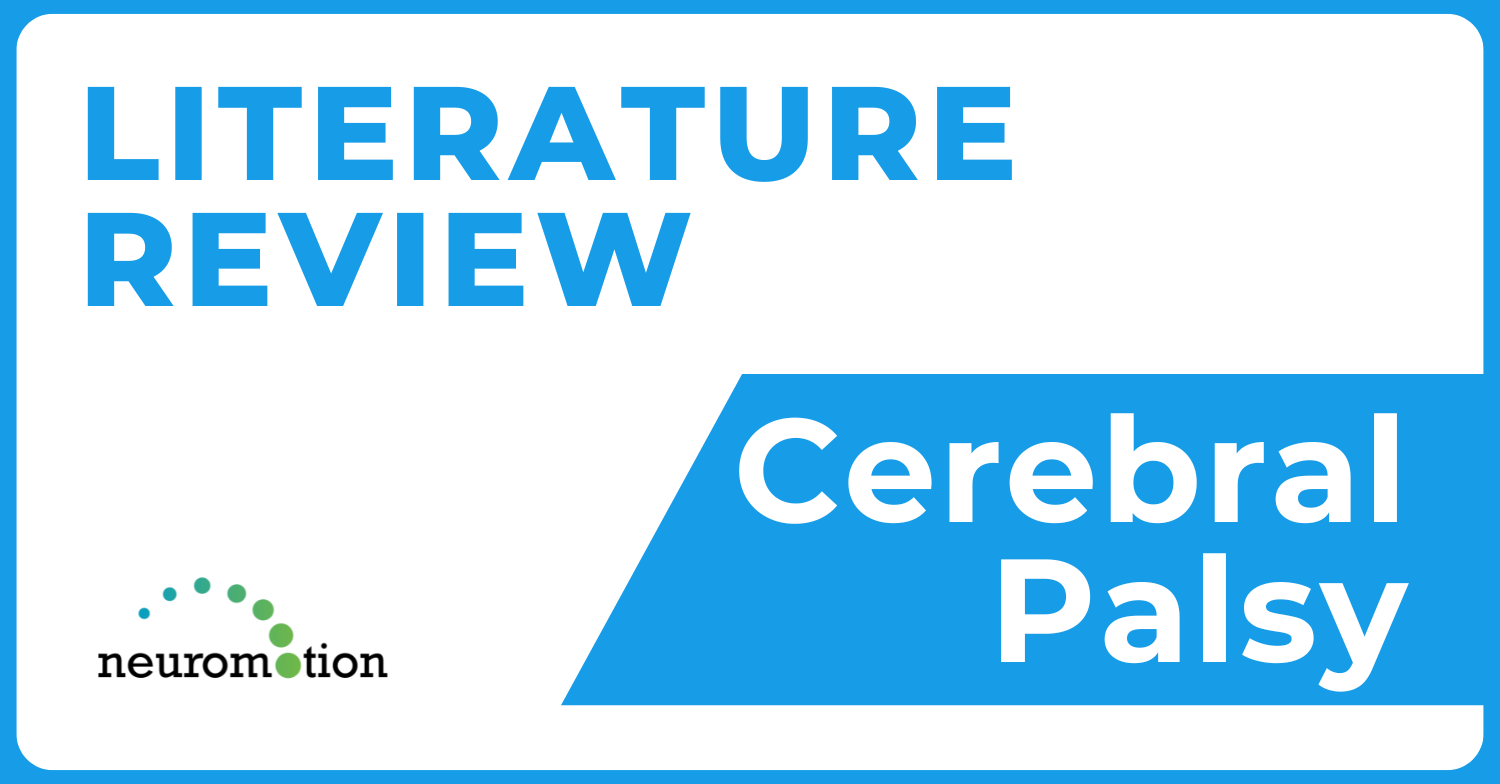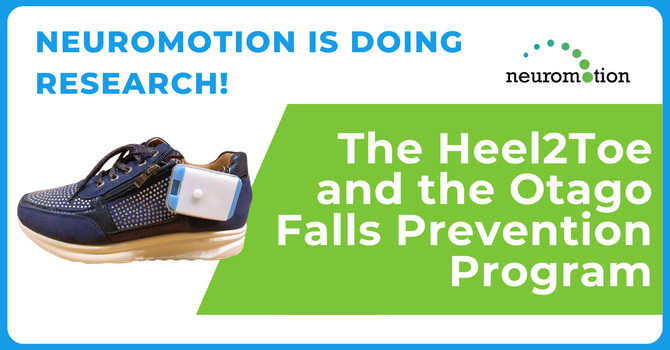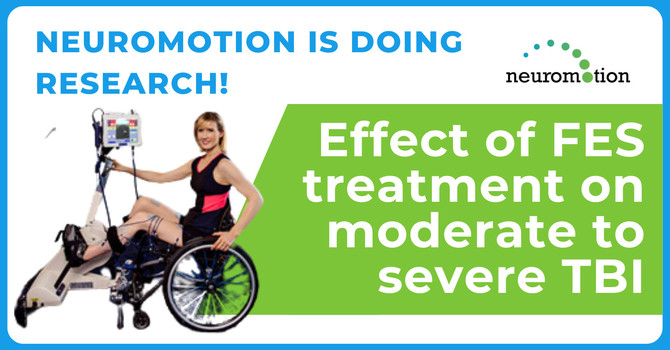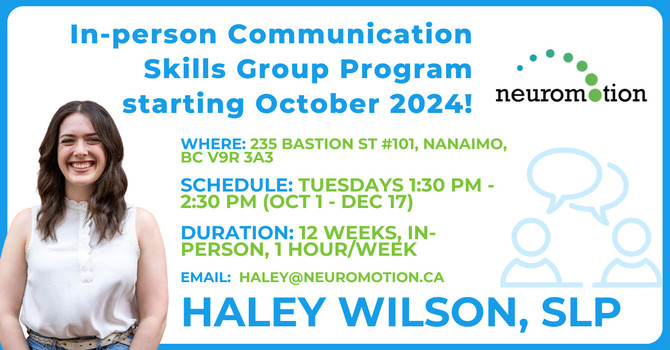
Diagnosis
Diagnosing cerebral palsy is a complicated process as it requires a clinical observation period to analyse the child’s development (Sadowska, et al., 2020, p. 1510). Depending on the symptoms presented, a diagnosis can be made early during infancy. (Sadowska, et al., 2020, p. 1512).
- MRI – reveals anatomic anomalies and helps classify the type of CP injury, such as (Sadowska, et al., 2020, p. 1510):
- DTI (diffusion tensor imaging) – identifies the smaller structures of white matter in the central nervous system (brain and spinal cord). It can create two- and three-dimensional maps of the architecture of white matter thus helping to identify differential development or injury to the white matter of the brain (Sadowska, et al., 2020, p. 1510).
Symptoms
Other than the use of imaging technology, symptoms of movement and postural function disorders, accompanied by sensation, perceptual, cognitive, communication and behavioural disorders, etc., are used to diagnose CP. These symptoms occur in early childhood and persist and change with age (Sadowska, et al., 2020, pp. 1505-1506).
Symptoms can include the following:
- Strokes – can occur in adults with CP. (Smith, et al., 2024, p. 861).
- Injury to the spinal cord (Smith, et al., 2024, p. 861)
- Spasticity – is the most common movement related manifestation of CP. Spasticity is mostly seen in the muscles of the foot and ankle from the age of 4-5 years. Further, increased spasticity in the knee muscles is seen with increasing age (Smith, et al., 2024, p. 863). It is seen to affect walking as spasticity often manifests as a foot drop (Moll, et al., 2022, p. 2).
- Uncontrollable muscle contractions – often co-occurs with spasticity (Smith, et al., 2024, p. 863).
- Mobility deterioration – this occurs naturally with age in all people. In adults with CP it can occur a bit earlier. Most adults with CP are ambulatory (Smith, et al., 2024, p. 862).
- Epilepsy – affects some children with CP (Smith, et al., 2024, p. 864) and is revealed during the first 4-5 years of life (Sadowska, et al., 2020, p. 1512).
- Asthma – can occur in adults with CP (van Gorp, et al., 2020, p. 10). Behavioural and mental health conditions (Sadowska, et al., 2020, p. 1505). \
- Chronic Fatigue – commonly seen in adults with CP (Smith, et al., 2024, p. 894).
- Pain – is associated with high spasticity in adults. (Smith, et al., 2024, p. 865).
- Disturbed sleep – (Smith, et al., 2024, p. 865). Intellectual impairments – (Sadowska, et al., 2020, p. 1513).
- Gastrointestinal problems – problem swallowing, feeding difficulties, and constipation (Sadowska, et al., 2020, p. 1513).
- Speech impairments –(Sadowska, et al., 2020, p. 1513).
- Misalignment of the body’s structure – (Chin, et al., 2020, p. 398).
- Involuntary twitching or writhing of hands,
- Tremor (Chin, et al., 2020, p. 398).
Pharmacological Therapies
- Botulinum toxin – to decrease tone and spasticity in a specific muscle group (Chin, et al., 2020, p. 400)
- Baclofen – to decrease spasticity,
- Benzodiazepine derivatives - to decrease spasticity,
- Tizanidine - to decrease spasticity (Sadowska, et al., 2020, p. 1514).
- Bisphosphonates – for improving bone density (Sadowska, et al., 2020, p. 1514).
- Anticonvulsants – for managing seizures (Sadowska, et al., 2020, p. 1514).
Physical Therapies
The goal of physical therapies is to treat the symptoms of CP (Smith, et al., 2024, p. 856). Physical therapies play an important role in improving functional abilities in people living with CP (Kim, 2023, p. 253). These therapies include:
- Constraint-induced movement therapy – is a physiotherapy technique where the affected muscles/limbs are encouraged to train by preventing assistance from the dominant muscles/limbs. E.g. encouraging the use of the hand that experiences tremors, rather than the dominantly used hand. It is often used to improve upper limb function (Das & Ganesh, 2019, p. 12)
- Neurodevelopmental therapy – to train subsequent motor skills (in their physiological sequence) that appear at natural development stages (Sadowska, et al., 2020, p. 1514).
- Reflex locomotion therapy – to train subsequent motor skills (in their physiological sequence) that appear at natural development stages (Sadowska, et al., 2020, p. 1514).
- Casting – to provide assistance in maintaining a certain position. E.g. to improve and maintain ankle range of motion (Sadowska, et al., 2020, p. 1514)
- Fitness training (Sadowska, et al., 2020, p. 1514)
- Speech therapy – to treat speech impediments (Sadowska, et al., 2020, p. 1514)
- Ketogenic diet – in the case of drug-resistant epilepsy this restricted intake of carbohydrates and proteins with a high intake of fat is seen to reduce the frequency of epilepsy (Sadowska, et al., 2020, p. 1515).
- FES (functional electrical stimulation)– has been used in physiotherapy clinics and has shown to improve lower limb muscle strength and the use of oxygen, whilst also reducing spasticity(Armstrong, et al., 2020, p. 1406). Furthermore, FES has shown to increase ankle dorsiflexion, which positively affects walking ability (Moll, et al., 2022, p. 2).
- BWSTT (bodyweight support training therapy) – has been used in physiotherapy clinics and has shown to improve self-directed locomotion and body awareness (Aurich-Schular, et al., 2015, p. 12).
- Robot assisted training (Lokomat) – enhances the improvement of mobility, muscle strength, coordination and range of motion. It consists of repetitive and consistent movements, which promotes the ability of the brain to reorganise itself (Kim, 2023, p. 255). By further incorporating resistance into robotic gait training, active movement/muscle activation is required and is seen to be more effective in improving locomotor function in people with CP (Conner, et al., 2022, pp. 5-6).
- Virtual reality – the ability of this technology to track the user’s movements provides a feedback loop that helps people with CP to improve their motor skills, coordination, and balance (Kim, 2023, p. 255).
- NMES (neuromuscular electrical stimulation) – electrical impulses are applied to specific muscles and promotes their activation and strengthening. It has been seen to improve motor function and reduce spasticity in people with CP (Kim, 2023, p. 256).
- 3D (three-dimensional) printing technology – can be used to print casts or assistive orthotics. This provides improved support and has been seen to improve upper extremity function in people living with CP (Kim, 2023, p. 257).
- Telehealth – enhances accessibility and continuity of care and allows clinicians to remotely monitor and guide therapy (Kim, 2023, p. 257).
More invasive therapies:
- Transcranial Direct Current Stimulation (tDCS) – is the stimulation of neural activity through the scalp and is seen to modulate neural activity in people with CP (Kim, 2023, p. 258).
- DBS (deep brain stimulation) – stimulates deep gray matter structures in the brain that are responsible for controlling movement (Chin, et al., 2020, p. 401).
- Surgery
- Selective dorsal rhizotomy – to reduce spasticity in the lower limbs by surgically cutting 50-75% of the nerve roots on the lower back level of the spine (Sadowska, et al., 2020, p. 1514). This limits excessive contractions/spasticity. It is however only implemented if other non-invasive methods failed to reduce spasticity (Chin, et al., 2020, p. 401).
- Orthopedic surgeries like tendon lengthening to correct permanently tightened muscles, tendon transfers to reestablish muscle balance, and spine, hip, and/or foot stabilization” (Chin, et al., 2020, p. 401).
These therapies are effective, however long-term management is required to maintain and improve therapy outcomes (Kim, 2023, p. 259).
Upcoming Research
Research is working toward developing pathogenesis-targeted treatments through the following (Chin, et al., 2020, p. 400):
- Gene-modifying therapies to correct underlying genetic disorders linked to CP
- Metabolic therapies to correct metabolic disorders linked to CP
How does Neuromotion incorporate the above into their care?
Here at Neuromotion, we support clients with CP from an interdisciplinary approach. As a clinic, Neuromotion aims to holistically improve the overall well-being and quality of life for those with CP and encourage them to live well with their condition. The following services are available at Neuromotion:
Physiotherapy and Kinesiology
- Movement difficulties, such as walking and functional mobility, are addressed.
- To build strength
- To optimise movement patterns and encourage participation in daily tasks (i.e. transfers, mobility)
- Therapy incorporates various interventions, including:
- Resistance training
- Balance training
- Task-practice training
- Electrical stimulation
- Gait-retraining using overground, body weight-supported treadmill
- Gait-retraining using Lokomat walking
- Hydrotherapy.
Neuromotion also provide many of the physical therapy modalities mentioned above, namely:
- Constraint-induced movement therapy
- Neurodevelopmental therapy
- Reflex locomotion therapy
- FES (functional electrical stimulation) – all three of our locations use the FES RT300 ergometer
- BWSTT (bodyweight support training therapy)
- Robot assisted training – all three of our locations have a Lokomat
- NMES (neuromuscular electrical stimulation) – all three of our locations use MyndMove
- Telehealth
Speech Pathology
- Supports individuals with CP in developing their communication skills, including comprehension and expressive language abilities.
- Implement augmentative or alternative communication systems, such as signing, communication boards, and speech-generating devices.
- Provide strategies and assistance for saliva control and swallowing.
Counsellors
- Address the emotional and behavioral challenges faced by individuals with CP
- Offer behavior and cognitive-behavior therapies
- Strengths-based counselling and support, to both individuals with CP and their families.
Why Neuromotion? What distinguishes us from other clinics?
- We see clients at any age with CP.
- We help them lead active healthy lives.
- We help them achieve their fitness goals and assist in any rehab throughout the life span.
- At Neuromotion we understand the muscle imbalances caused by spasticity and the challenges of aging with CP.
- We encourage all our clients to participate in many of the sports opportunities for individuals with CP.
People living full lives with CP
Nicolas Hamilton
Nicolas was born with CP and told he would never walk again. He underwent therapy and training and could walk unaided by the age of 17. He discovered his dream to become a professional race-car driver and has established himself as a potential future champion in the British Tour Car Championship.

Bonner Paddock
Bonner was only diagnosed with CP at the age of 11 and net let his condition hold him back. As a child he continued participating in sports despite his condition. To maintain his love of sports and activity, Bonner had extensive physical therapy as a child and continued training throughout his life. And in 2008, Bonner and his team climbed Mount Kilimanjaro.
Christy Brown
Christy was born in 1932 and diagnosed with severe spastic CP. At the time the only form of physical therapy he received was from his family. But even with this limited therapy, he practiced to use his left foot to pursue his dreams and became a renowned artist and author.
Olivia Breen
In 2012 she was chosen to represent Great Britian in the Paralympics for the 100m, 200m and 4 x 100m relay. She has won 6 bronze, 3 silver, and 5 gold medals in her career so far.
Cody Jung
He started road cycling with his friend in college and was recruited for the Paralympics after 1 year of cycling experience. He came 4th and 16th in the 2020 paralympic games and has won a silver medal in 2021 in the World Championships.
References
Armstrong, E. L. et al., 2020. Functional Electrical Stimulation Cycling, Goal-Directed Training and Adapted Cycling for Children with Cerebral Palsy: A Randomized Controlled Trial. Developmental Medicine & CHild Neurology, Volume 62, pp. 1406-1413. https://pubmed.ncbi.nlm.nih.gov/33146438/
Aurich-Schular, T. et al., 2015. Practical Recommendations for Robot-Assisted Treadmill Therapy (Lokomat) in Children with Cerebral Palsy: Indications, Goal Setting, and Clinical Implementation within the WHO-ICF Framework. Neuropediatrics, pp. 1-14. https://pubmed.ncbi.nlm.nih.gov/26011438/
Chin, E. M., Gwynn, H. I., Robinson, S. & Hoon, A. H., 2020. Principles of Medical and Surgical Treatment of Cerebral Palsy. Neurology Clinic, 2(397-416), p. 38. https://www.ncbi.nlm.nih.gov/pmc/articles/PMC7158771/
Conner, B. C., Remec, N. M. & Lerner, Z. F., 2022. Is Robotic Gait Training Effective for Individuals with Cerebral Palsy? A Systematic Review and Meta-Analysis of Randomized Controlled Trails. Cilinical Rehabilitation, 36(7), pp. 873-882. https://pubmed.ncbi.nlm.nih.gov/35331027/
Das, S. P. & Ganesh, G. S., 2019. Evidence-based Approach to Physical Therapy in Cerebral Palsy. Indian Journal of Orthopeadics, 53(20), pp. 20-34. https://www.ncbi.nlm.nih.gov/pmc/articles/PMC6394183/
Hurvitz, E. A. et al., 2021. Navigating the Pathway to Care in Adults With Cerebral Palsy. Frontiers in Neurology, Volume 12, pp. 1-6. https://www.frontiersin.org/journals/neurology/articles/10.3389/fneur.2021.734139/full
Kim, C., 2023. Comprehensive Physiotherapy Approaches for Children With Cerebral Palsy: Overview and Contemporary Trends. Physical Therapy Korea, 30(4), pp. 253-260. https://www.ptkorea.org/journal/view.html?volume=30&number=4&spage=253
Llamas-Ramos, R., Sanchez-Gonzalez, J. L. & Llamas-Ramos, I., 2022. Robotic Systems for the Physiotherapy Treatment of Children with Cerebral Palsy: A Systematic Review. International Journal of Environmental Research and Public Health, Volume 19, pp. 1-12. https://pubmed.ncbi.nlm.nih.gov/35564511/
Moll, I. et al., 2022. A Randomized Crossover Study of Functional Electrical Stimulation During Walking in Spastic Cerebral Palsy: the FES on Participation (FESPa) Trail. BMC Pediatrics, 22(37), pp. 1-15. https://bmcpediatr.biomedcentral.com/articles/10.1186/s12887-021-03037-9
Sadowska, M., Sarecka-Hujar, B. & Kopyta, I., 2020. Cerebral Palsy: Current Opinions on Definition, Epidemiology, Risk Factors, Classification and Treatment Options. Neuropsychiatric Disease and Treatment, Volume 16, pp. 1505-1515. https://pubmed.ncbi.nlm.nih.gov/32606703/
Smith, S. E. et al., 2024. Adults with Cerebral Palsy Require Ongoing Neurologic Care: A Systematic Review. Annals of Neurology, 89(5), pp. 860-871. https://pubmed.ncbi.nlm.nih.gov/33550625/
van Gorp, M. et al., 2020. Epidemiology of Cerebral Palsy in Adulthood: A Systematic Review and Meta-analysis of the Most Frequently Studied Outcomes. Archives of Physical Medicine and Rehabilitation , pp. 1-12. https://repub.eur.nl/pub/126053/Repub_126053.pdf



